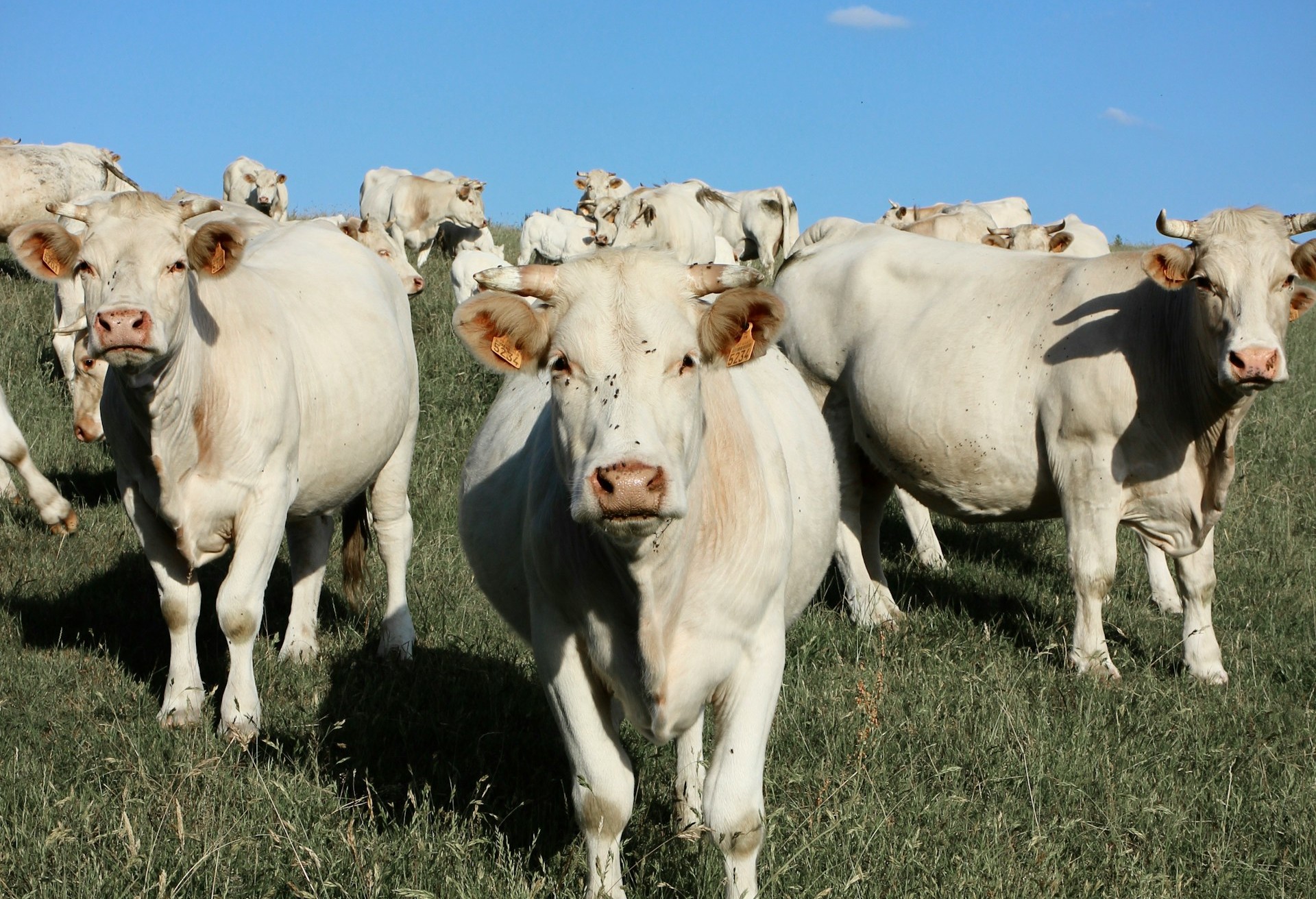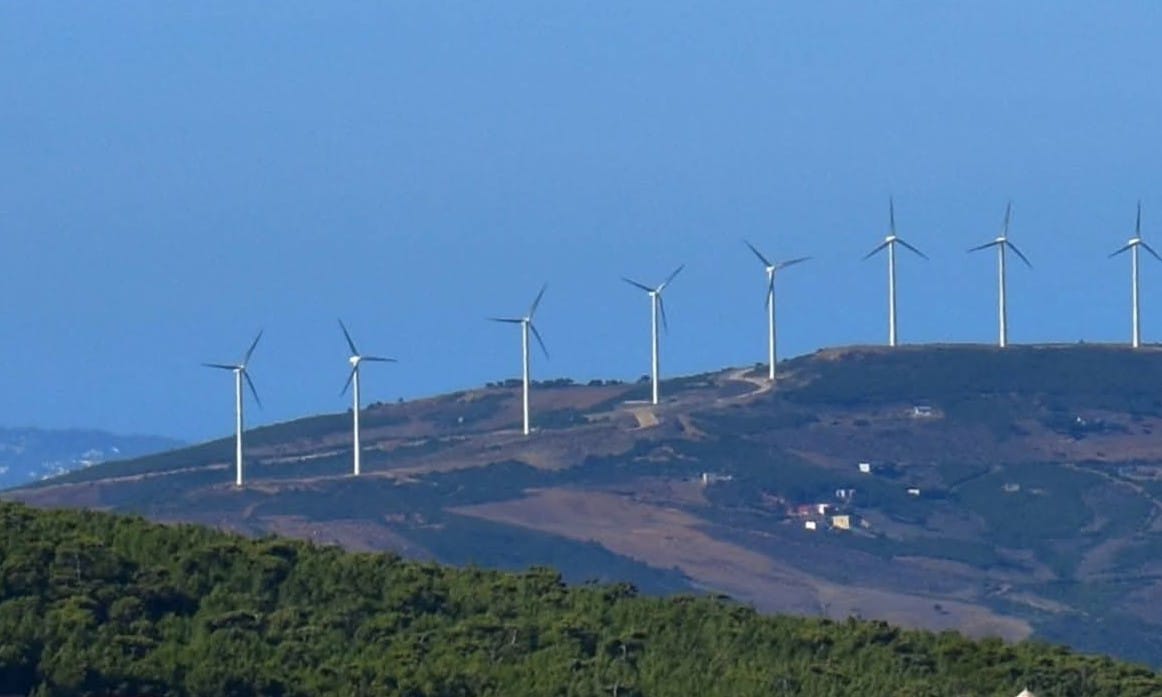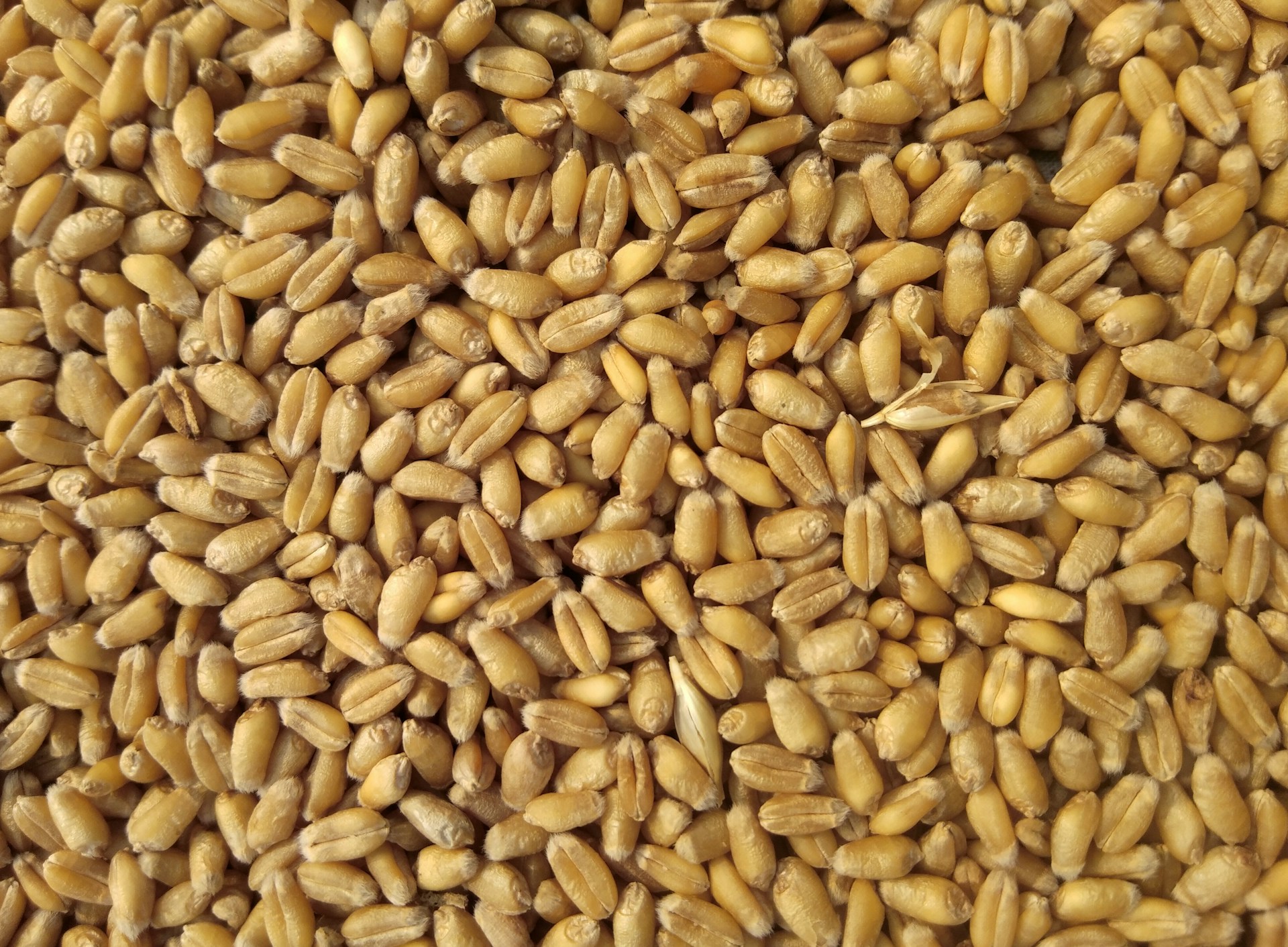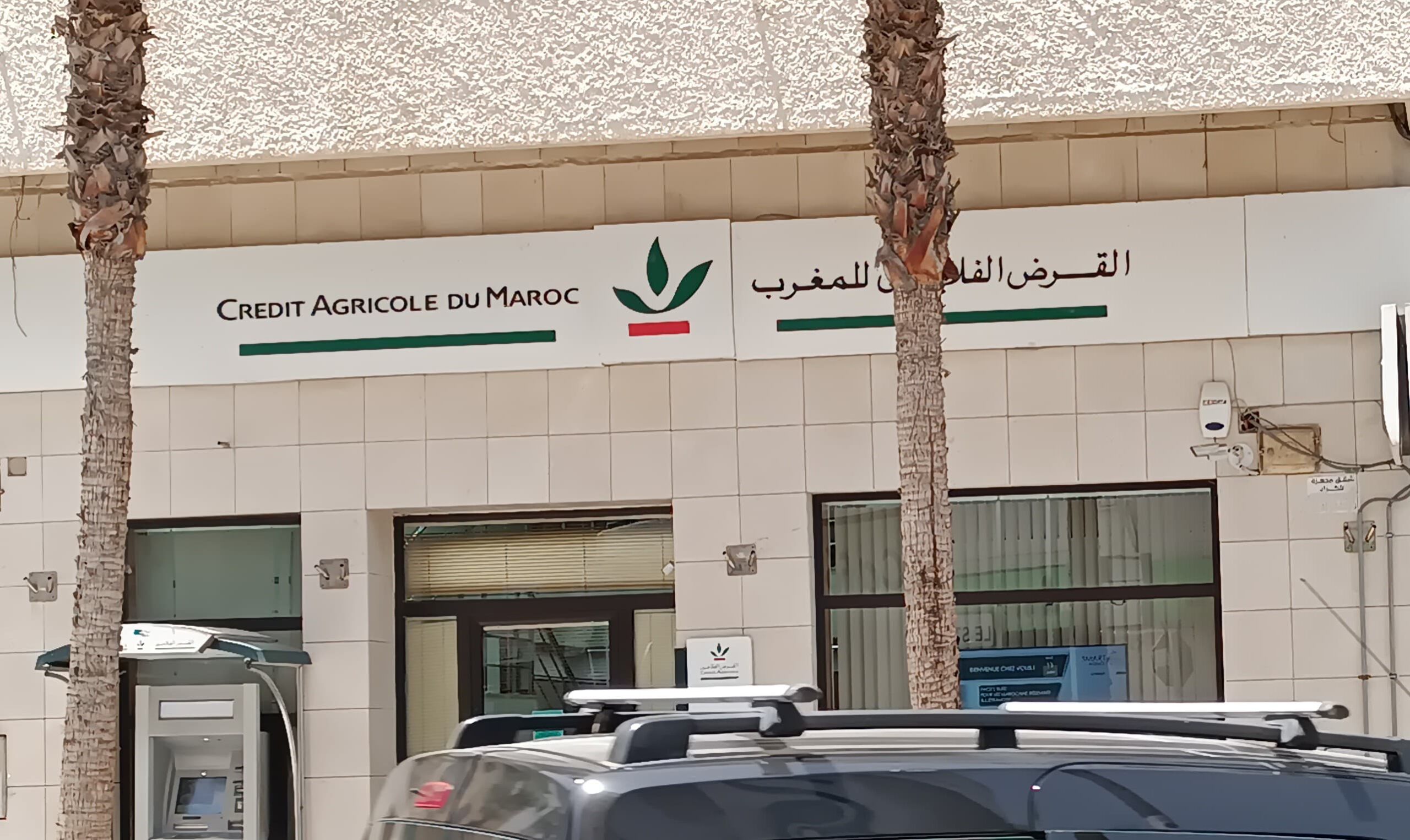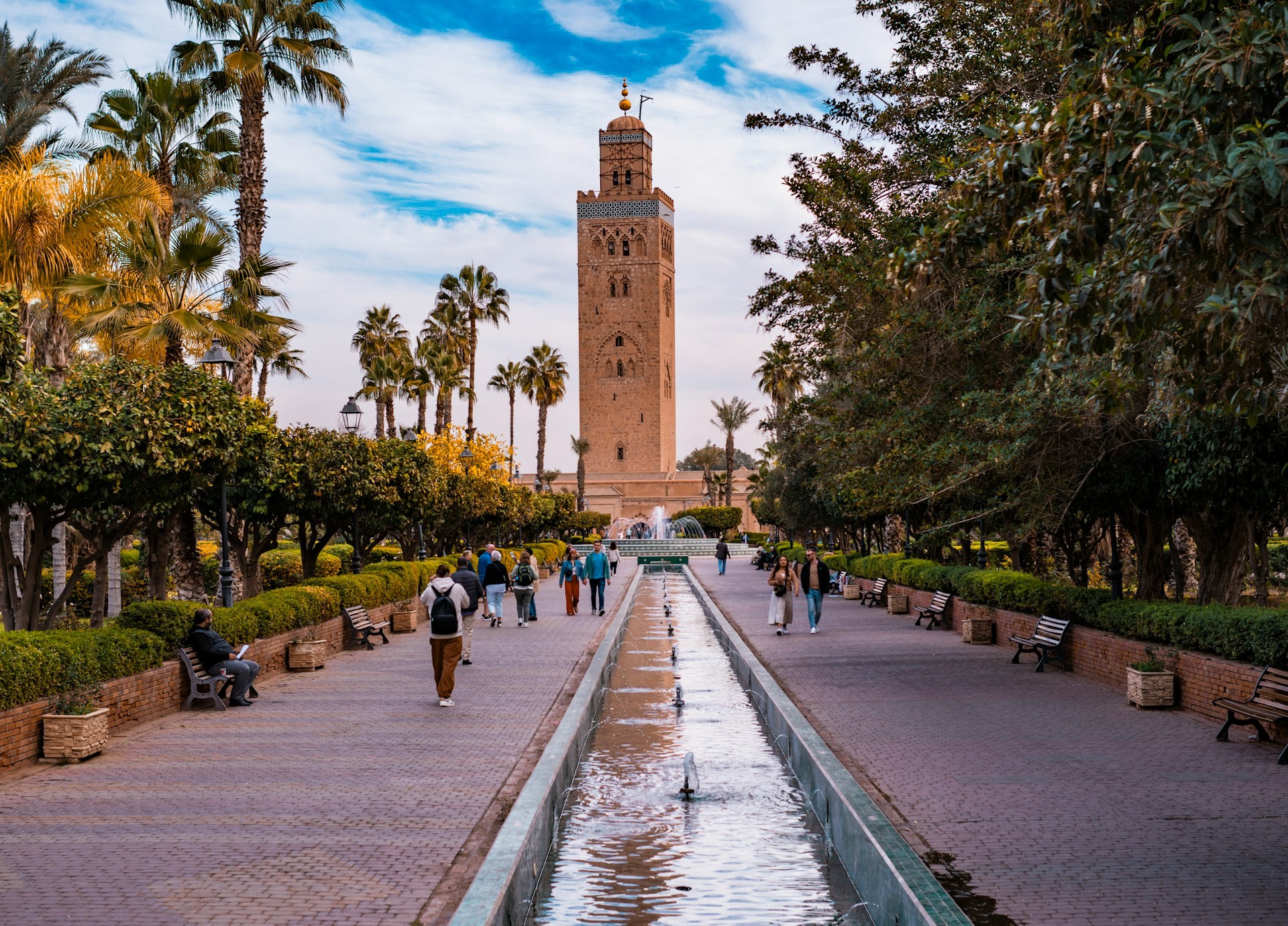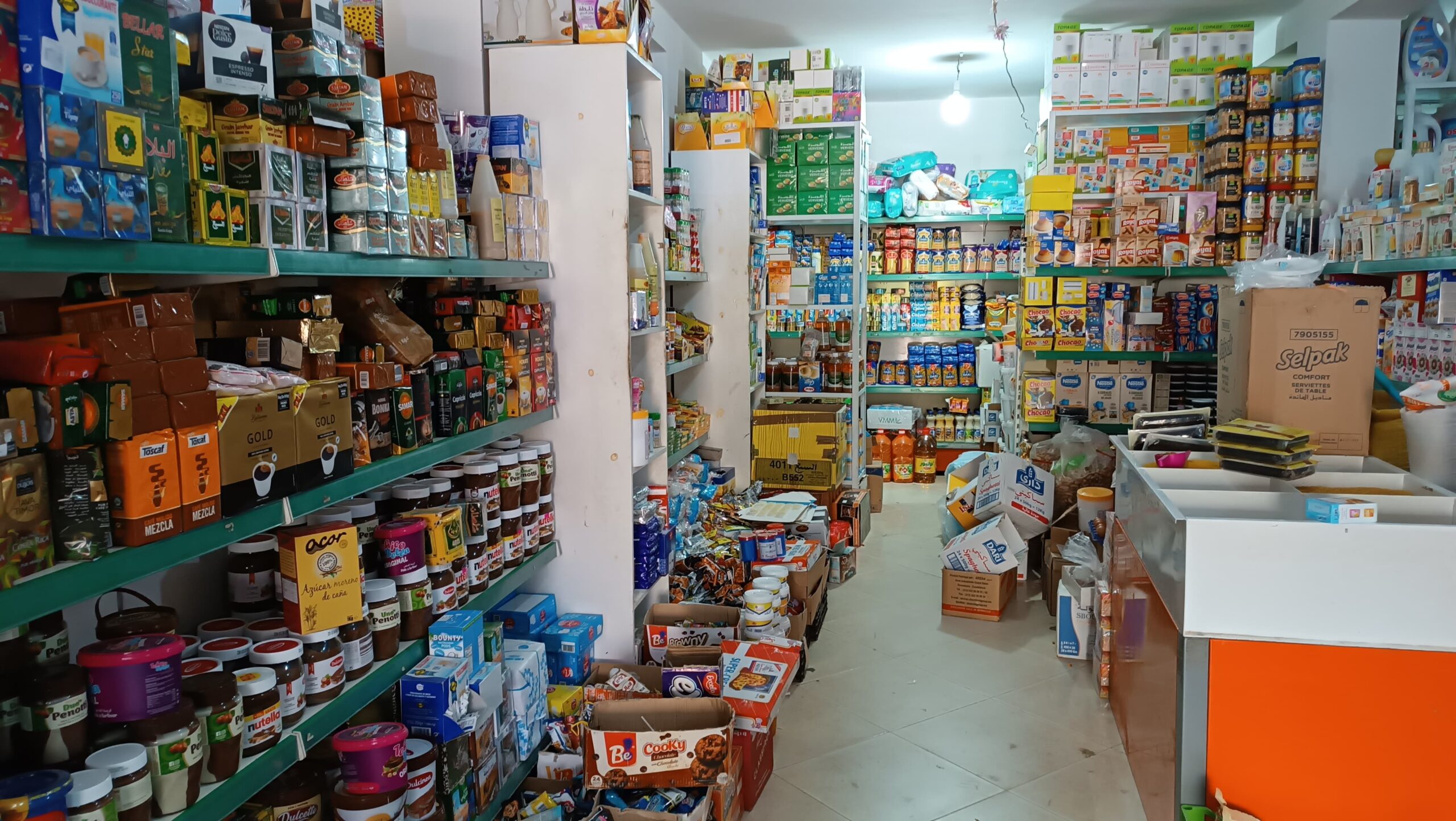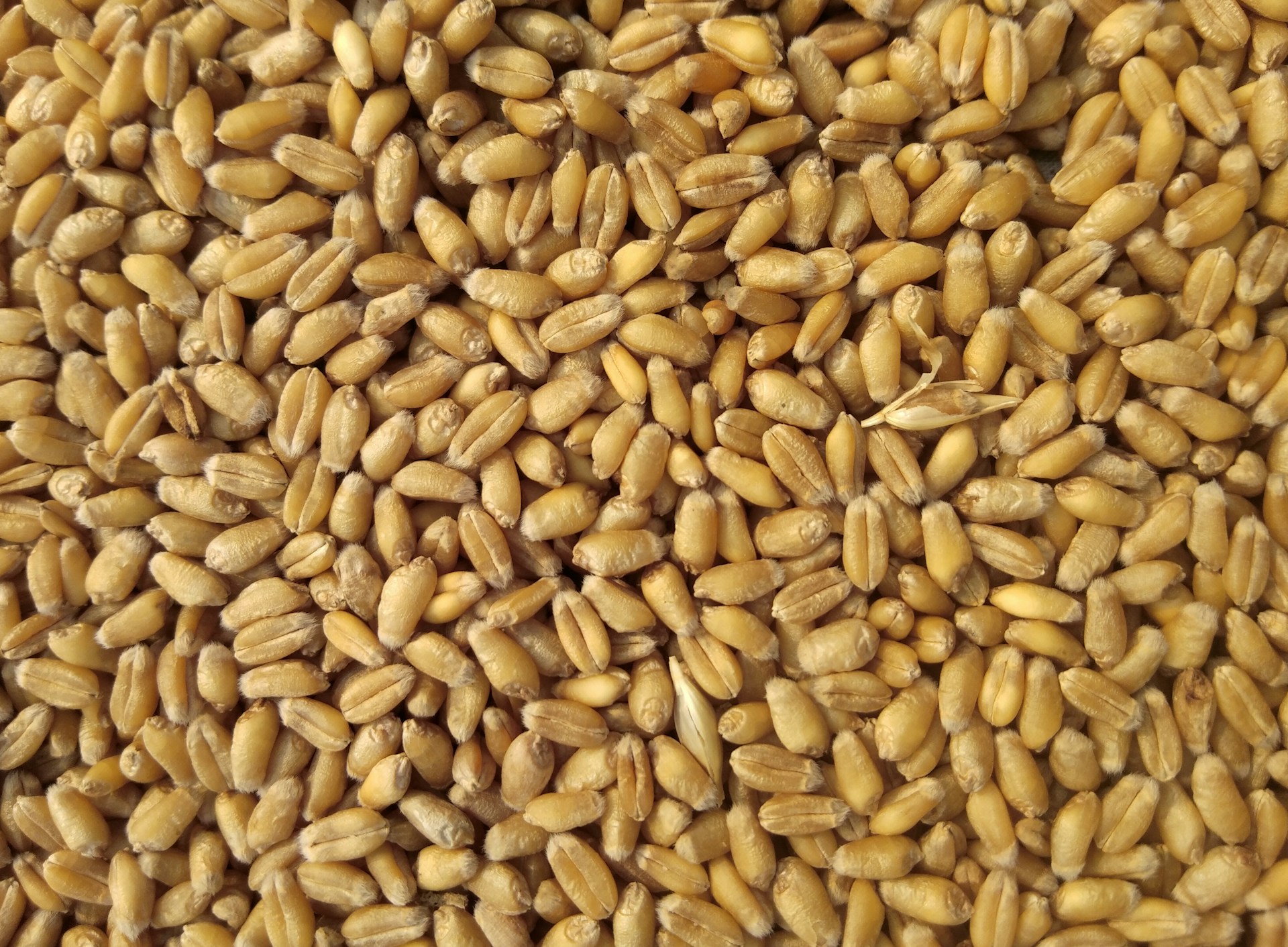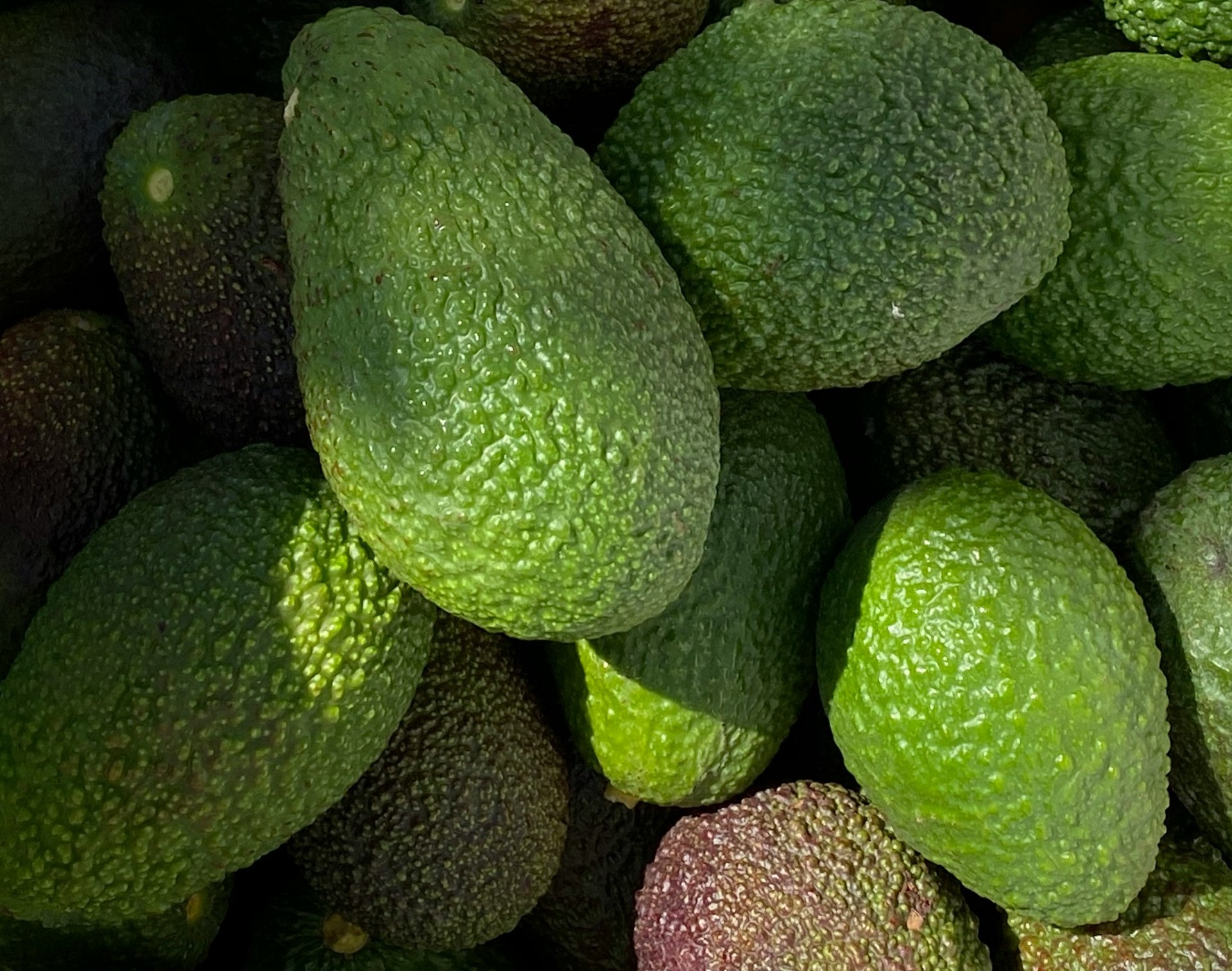Casablanca – Morocco is stepping up efforts to reinforce its wheat reserves in response to persistent drought conditions, rising food security concerns, and fluctuations in global markets. According to recent international agricultural forecasts, the country’s wheat imports are projected to reach 7.5 million tons during the 2025/2026 season, highlighting its growing reliance on external supplies to meet domestic demand.
Rising import needs
Bread remains a staple in Morocco, where more than half of wheat needs are covered by imports. The surge in demand comes as global wheat stocks are expected to fall to their lowest level in nearly a decade. International estimates suggest world reserves will stand at 256.2 million tons in 2025/2026, the smallest since 2016/2017, as poor harvests in Europe, Russia, and Ukraine weigh heavily on supply.
The North African country has faced higher import costs in recent seasons, but declining prices in recent months have provided an opportunity to build reserves. The reference price for wheat delivered to local mills currently ranges between $26 and $26.30 per 100 kilograms, below the government’s support threshold of about $27.80 per 100 kilograms. Since subsidies are only triggered when prices surpass that level, the compensation mechanism has been temporarily suspended.
Strategic stockpiling
Taking advantage of falling global prices, Morocco is working to increase its wheat reserves from the equivalent of three months of consumption to five months. This strategy aims to shield households from potential future price shocks while ensuring steady supplies of both soft and durum wheat.
Imports in 2024 amounted to approximately 6 million tons, of which 5 million tons were soft wheat and 1 million ton was durum wheat. The majority of supplies came from France and Russia, with additional volumes sourced from other exporters.
Despite being among North Africa’s largest grain producers, Morocco’s domestic harvests remain insufficient to cover national needs. Limited yields and recurring droughts have constrained production, forcing the country to rely heavily on imports to stabilize its food supply.
Domestic production challenges
Rainfall during the past season was stronger than in previous years, but this improvement was not enough to offset the long-term impact of climate change. Intense summer heat has accelerated the evaporation of reservoir water and added pressure on groundwater resources, heightening concerns about future harvests.
The cereal crop for the current season is expected to reach about 4.4 million tons, an increase of 41 percent compared with last year. However, this figure falls short of government expectations, which had projected 7 million tons of grain production in the 2025 finance law, a forecast tied to growth assumptions of 4.6 percent.
Market outlook
Experts point out that Morocco’s strong demand for cereals, particularly wheat and barley, will keep import levels high in the near future. The ongoing conflict in Ukraine continues to disrupt exports from two of the world’s top producers, making supply diversification essential. Morocco also benefits from its free trade arrangement with the United States, which eliminates customs duties on wheat imports from that market.
Future import volumes, however, will also depend on global climate patterns. If adverse weather reduces yields in key exporting countries, including the United States, export availability could decline, creating further pressure on Morocco’s supply security.
Ensuring food security
The government’s strategy to boost wheat and barley stocks is seen as a proactive step toward safeguarding national food security. By capitalizing on lower prices now, the country aims to secure enough supplies to cushion against future uncertainties, from climate shocks to international market disruptions.
With consumption steadily rising and domestic production constrained, Morocco’s reliance on imports is set to remain a defining feature of its food system. The challenge ahead lies in balancing external purchases with long-term efforts to strengthen local production, manage water resources more efficiently, and adapt to the realities of a changing climate.

